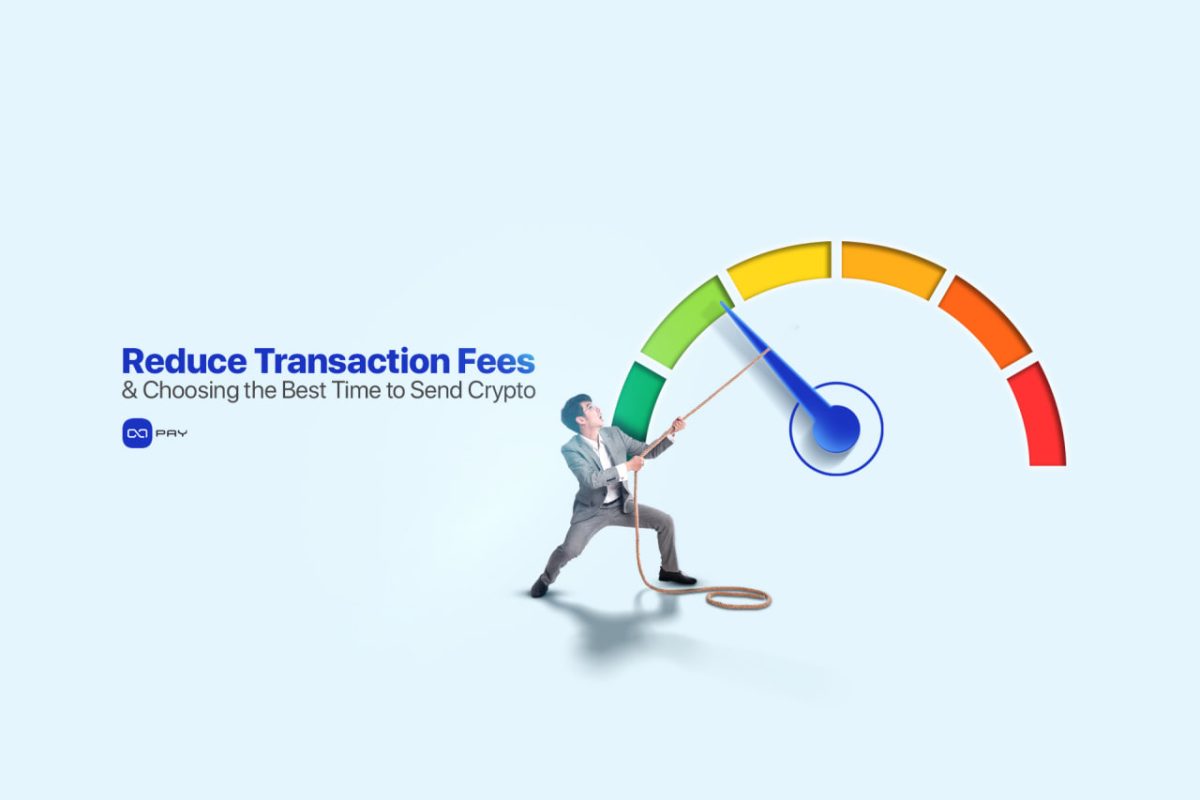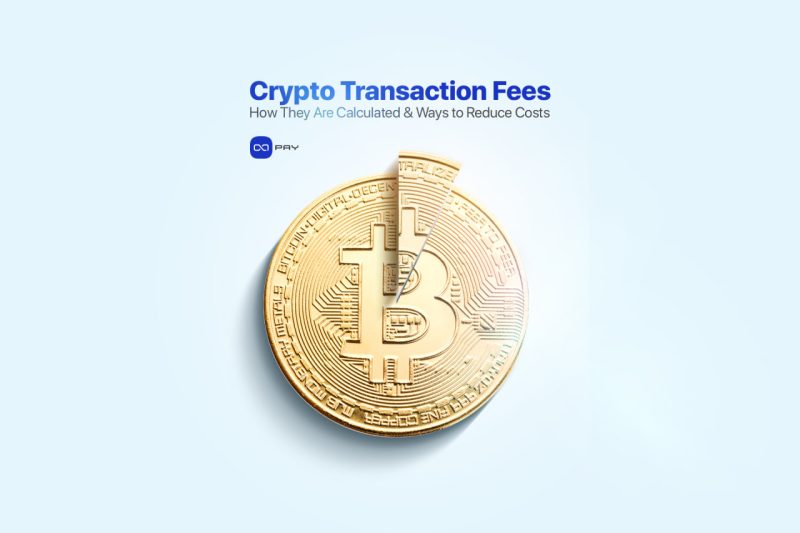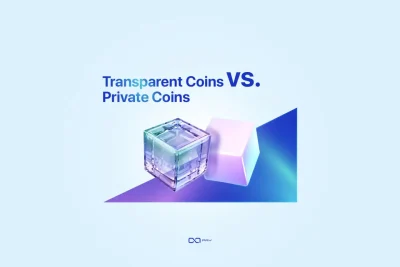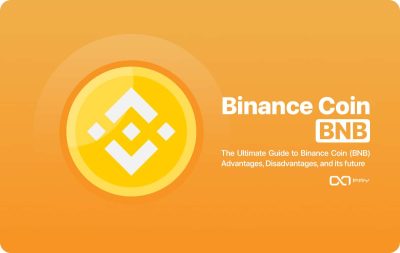Crypto transactions involve fees that compensate miners and validators for processing payments and securing blockchain networks. While transaction fees are essential for network security and efficiency, they can sometimes be high, especially during network congestion. When users understand how these fees are calculated and apply strategies to reduce them, they can save money when transferring crypto. This article explores the fundamentals of transaction fees, how they vary across different networks, ways to minimize costs, and how OxaPay enables fee-free transactions.
Why Crypto Transactions Involve Fees?
Transaction fees serve as an incentive for miners (Proof of Work) or validators (Proof of Stake) to process and confirm transactions. Unlike traditional banking systems, where financial institutions charge service fees, blockchain networks use transaction fees to maintain security and prevent spam attacks.
The Purpose of Transaction Fees
- Network Security: Fees discourage spam transactions and protect the network from denial-of-service (DoS) attacks.
- Incentivizing Miners and Validators: Higher fees encourage miners to prioritize transactions for faster processing.
- Network Efficiency: Fees help regulate network traffic by allowing users to set fees based on urgency.
Why Do Transaction Fees Vary?
- Network Congestion: When many users are sending transactions, fees increase due to higher competition.
- Transaction Size: Larger transactions (in bytes) require more computational resources, increasing fees.
- Blockchain Protocol: Each blockchain has a different fee structure based on its consensus mechanism and scalability.
How Network Fees Are Calculated on Major Blockchains?
Each crypto blockchain calculates transaction fees differently, depending on its architecture and consensus model.
Bitcoin (BTC) Transaction Fees
Bitcoin uses a fee-per-byte model, where the total transaction fee is based on the size of the transaction in bytes. Factors affecting Bitcoin fees:
- Network congestion: If many users send BTC simultaneously, fees increase.
- Transaction size: The more inputs and outputs in a transaction, the higher the fee.
- Fee Market: Users can set custom fees; higher fees get processed first.
Example: If the average fee per byte is 50 satoshis and a transaction size is 250 bytes, the total fee would be: 50 satoshis x 250 bytes = 12,500 satoshis (0.000125 BTC)
Ethereum (ETH) Gas Fees
The Ethereum network calculates transaction fees using a gas-based system, where each operation (e.g., sending ETH, interacting with smart contracts) consumes a specific amount of gas.
Several factors determine Ethereum fees, including:
- Base Fee: A mandatory fee burned per transaction, adjusted dynamically based on network demand.
- Priority Fee (Tip): An optional tip users can add to speed up processing.
- Gas Limit: The maximum amount of gas allocated for a transaction.
Formula for Ethereum Fees: Total Fee = (Base Fee + Priority Fee) x Gas Used
Fees on Other Blockchain Networks
- Tron (TRX): Uses a bandwidth and energy model; TRX transactions often have near-zero fees.
- Binance Smart Chain (BSC): Similar to Ethereum, but with lower gas costs.
- Solana (SOL): Very low fixed transaction fees (~$0.00025 per transaction).

How to Reduce Fees and Time Your Crypto Transactions?
Choose the Right Blockchain
Selecting the most cost-effective blockchain for transactions can significantly reduce fees. For example:
- Use Tron (TRC-20 USDT) instead of Ethereum (ERC-20 USDT) for lower fees.
- Use BEP-20 (Binance Smart Chain) for DeFi applications instead of Ethereum.
Use Layer-2 Scaling Solutions
Layer-2 solutions provide faster and cheaper transactions by processing them off the main blockchain.
- Lightning Network (Bitcoin) for near-instant, low-fee BTC transactions.
- Polygon (MATIC) for lower Ethereum-based transaction costs.
- Optimism & Arbitrum for Ethereum Layer-2 scaling.
Send Transactions During Off-Peak Hours
Blockchain networks experience varying levels of congestion. Sending transactions when demand is low helps reduce costs.
- Bitcoin: Lower fees typically occur during weekends.
- Ethereum: Gas fees fluctuate; using gas tracking tools like Etherscan Gas Tracker helps find the best time to send.
Use Wallets That Support Fee Optimization
Some wallets allow users to customize fees and suggest optimal fee settings:
- MetaMask: Offers adjustable gas fees.
- Electrum (Bitcoin): Allows fee estimation based on network activity.
- Trust Wallet: Supports multiple networks for cost-effective transfers.
Utilize Fee Bumping Methods
- Replace-by-Fee (RBF) (Bitcoin): Allows users to resend a transaction with a higher fee to speed up confirmation.
- Child Pays for Parent (CPFP): This technique creates a new transaction with a high fee to push an earlier unconfirmed transaction.
How OxaPay Enables Fee-Free Crypto Transactions?
OxaPay crypto gateway eliminates the hassle of blockchain fees by offering a fee-free crypto payment solution. OxaPay achieves this through a unique internal transaction processing system that bypasses standard blockchain network fees.
How OxaPay Works Without Blockchain Fees
- Internal Balance Transfers: OxaPay processes transactions within its ecosystem off-chain, avoiding blockchain fees.
- Smart Routing System: OxaPay optimizes transactions, ensuring lower costs and faster payments.
- No Miner or Validator Fees: OxaPay bypasses standard network fees by eliminating the need for mining or staking verification.
Benefits of Using OxaPay for Payments
- Zero Blockchain Fees: Merchants and users do not pay any blockchain transaction fees.
- Instant Transactions: OxaPay processes payments instantly without waiting for blockchain confirmations.
- Multi-Currency Support: Accepts multiple cryptocurrencies while optimizing fee-free transfers.
By using OxaPay, businesses and individuals can significantly reduce their transaction costs while benefiting from fast, secure, and cost-efficient crypto payments.
Optimizing Crypto Transactions with Fewer Fees
Transaction fees play a vital role in the cryptocurrency ecosystem, but users can manage them effectively. Key takeaways include:
- Blockchain fees vary across networks, with Ethereum and Bitcoin generally having higher costs.
- Choosing the right blockchain and transaction time can significantly reduce costs.
- Using Layer-2 solutions and fee optimization tools improves transaction efficiency.
- OxaPay offers a unique fee-free transaction model, making it an ideal choice for businesses and users who want cost-effective crypto payments.
By implementing these strategies and leveraging the OxaPay crypto payment gateway, users can optimize their crypto transactions, minimizing fees while ensuring fast and reliable transfers.




